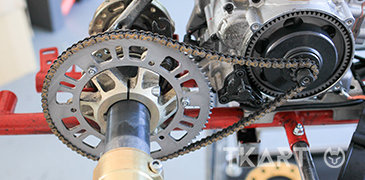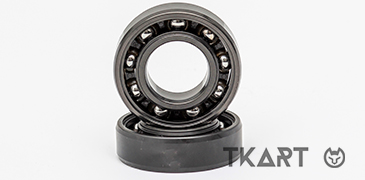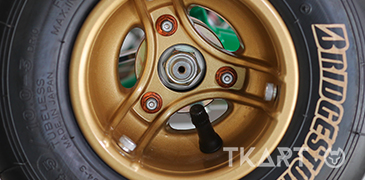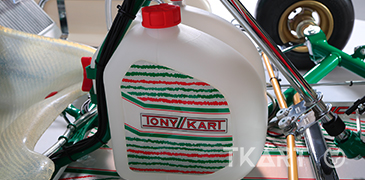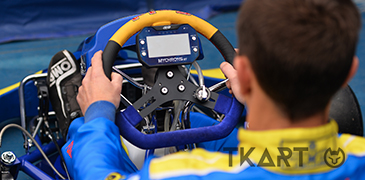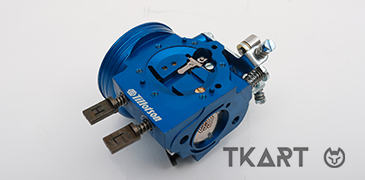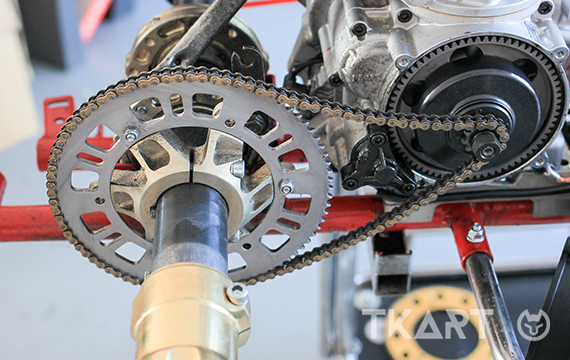Mounting the small plastic cap on the valves which allows the inflation of the tires is very important. It is not something that makes you go faster, but it ensures proper safety. The real advantage is when you get on the track with very low pressures, on the order of 0,45 bar. Under these conditions, the deformation of the wheel casing is very likely: for example, on an undulating curb, the tire undergoes continuous stresses which generate pressure imbalances inside it, compression and decompression. In this situation, the small valve tends to be sucked in by the decompression, therefore the tire blows air outside, lowering the pressure inside it, with obvious consequences. It is better to mount the valve caps to avoid those types of consequences. Clearly, it is always best to mount them because it is possible that some valves, even newer ones, may be slightly defective, therefore the tire could deflate by slowly losing internal pressure.

 Exclusive Content
Exclusive Content
